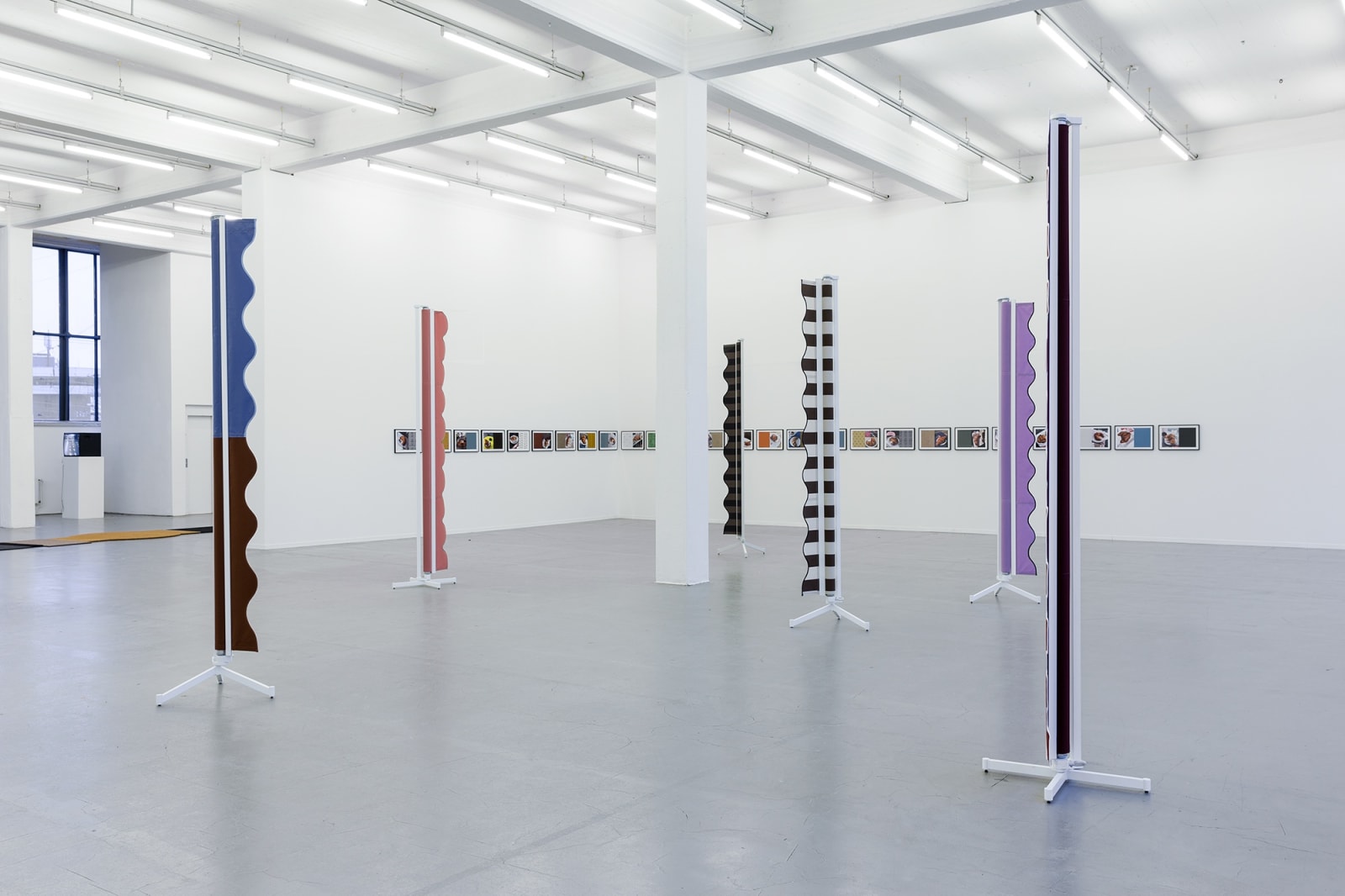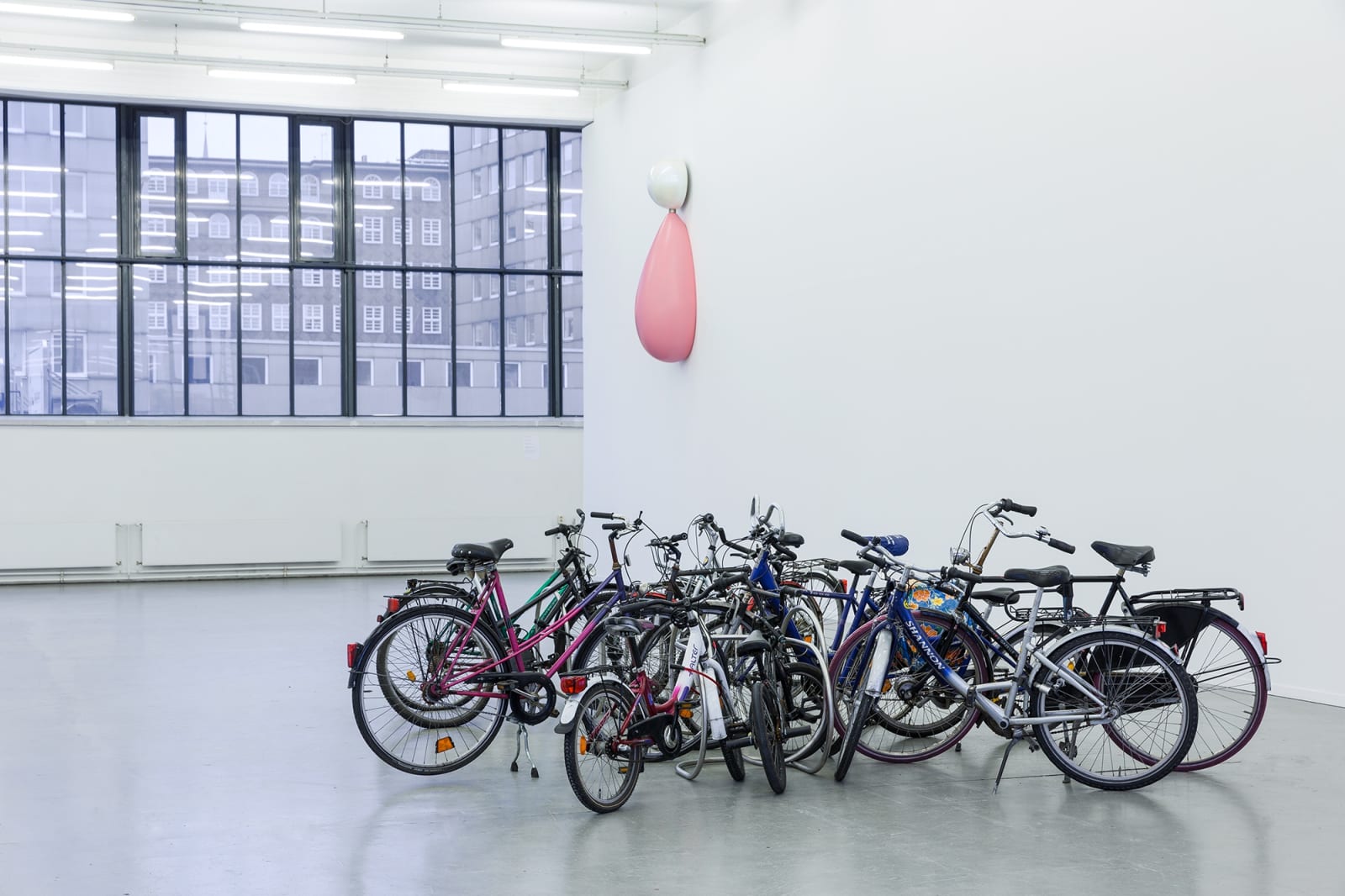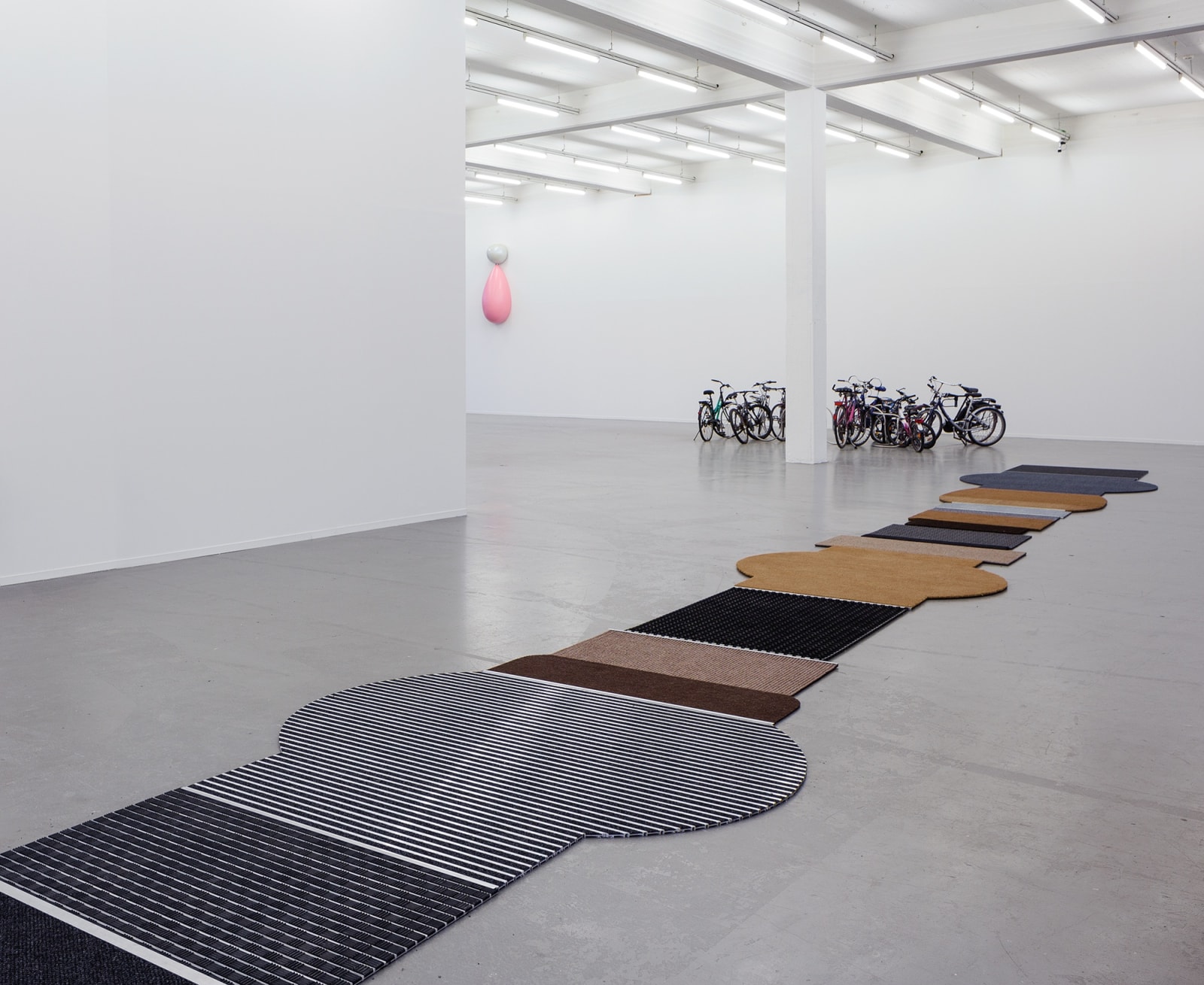NICOLE WERMERS: WOMEN BETWEEN BUILDINGS: Kunstverein in Hamburg
With Women Between Buildings, the Kunstverein in Hamburg presents the first survey exhibition of Nicole Wermers in Germany. The artist works in series of sculptures and creates worlds of objects drawn from mundane everyday design. Functional elements thus become ornaments of a sociopolitical and historical engagement with our immediate surroundings, based on the formal language of modernism or the urban space around us. Thoroughly designed urban space, in which all visual, haptic and audible features are strategically shaped, is characterized by affects. Wermers exposes precisely these stimulants and points to how humans are formed by aesthetic things. As Walter Benjamin described in 1928, things press too closely on human society. A distance needs to be created to understand how people are forced to function in the social system.
The show features pieces from the past ten years, including Untitled Chairs of the exhibition Infrastruktur which was nominated for the Turner Prize in 2015, as well as two new sculptures created especially for the Kunstverein.
The earliest work on display, the video Palisades (1998) produced during Wermers’ time in Hamburg, marks the start and simultaneously frames the content of the show. The artist appropriates semi-public spaces with the camera held upside down, giving the impression of walking on the ceiling. Hotels, corporate lobbies and the CCH Hamburg become enigmatic, interchangeable, endless architectures, whose functionless details appear as abstract sculptures or ornaments.
The series Vertical Awnings (2016)—formally referencing Brâncuși —are sculptures made of long rolls of fabric which have been repurposed to stand upright in the gallery space. Textiles are often used to subdivide, appropriate, privatize, shade, domesticate, or even generate public space. Their suitability for this purpose has to do with their material properties (textiles are flexible, permeable and stretchable), and also with the way we perceive them as harmless and unthreatening. A textile border always appears negotiable.












